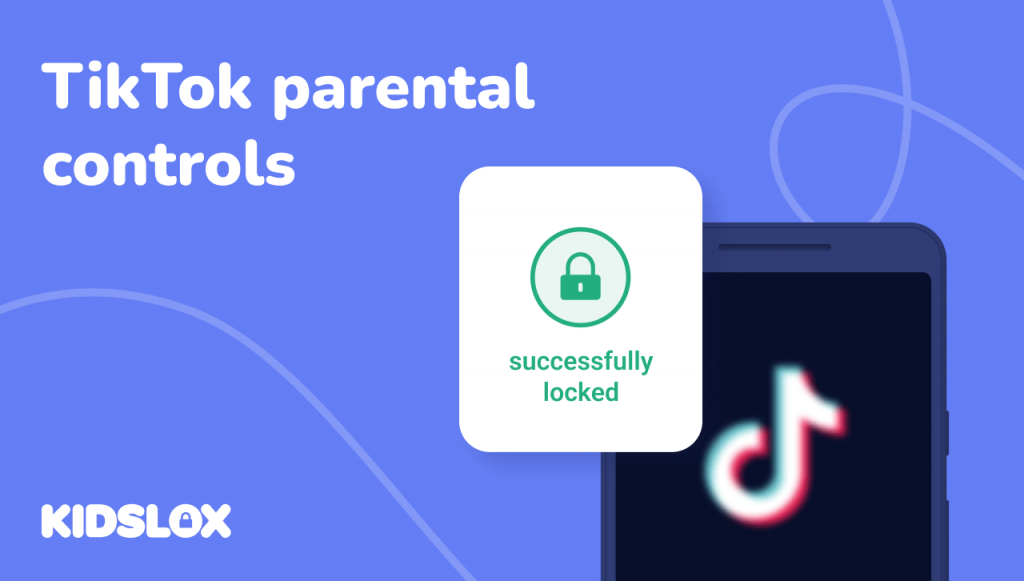What is the purpose of WhatsApp’s disappearing messages feature – and how can you keep your child’s communication safe online?
WhatsApp is one of the fastest-growing digital communication tools on the market, quickly surpassing Apple’s iMessage and Facebook Messenger in popularity. This is mostly due to the encrypted messaging features and cross-device, global functionality.
Yet, WhatsApp’s privacy-first features often come with unexpected consequences for parents who are trying to keep their children safe online. While the disappearing messages feature is designed to provide users with a sense of security and privacy, it can also make monitoring your child’s communication more difficult.
So, what exactly are WhatsApp’s disappearing messages? What are the risks of allowing your child to use this feature? And how can you manage the features to keep your child’s privacy safe – while helping them learn to engage with technology in a healthy way?
What Are WhatsApp Disappearing Messages?
Disappearing messages are exactly what they sound like – messages that vanish from both the sender’s and recipient’s chat after a predetermined duration. Once enabled, any new messages sent in that chat will automatically disappear when the time is up, unless they are specifically “kept” by a user (more on that later).
Duration options: 24 hours, 7 days, or 90 days
WhatsApp offers three duration options for disappearing messages:
- 24 hours: Messages vanish a day after being sent, suitable for highly sensitive information.
- 7 days: A week-long window, balancing privacy with practicality for most conversations.
- 90 days: A longer duration, useful for information that needs to be accessible for an extended period but not permanently.
You’ll want to note that the timer starts from when the message is sent, not when it’s read. If your child doesn’t open WhatsApp within the set time, the message will disappear without them seeing it, though the preview might still be visible until they open the app.
Default settings and how to change them
By default, disappearing messages are turned off for all chats. However, users can set disappearing messages as the default for all new individual chats. This means that if your child enables this setting, all their new one-on-one conversations will automatically start with disappearing messages turned on.
Parents should be aware that even if disappearing messages are set as the default, this setting doesn’t affect existing chats or group chats. Each of these needs to be set individually.
How to Use Disappearing Messages in WhatsApp
Understanding how to manage disappearing messages is crucial for parents who want to guide their children’s use of this feature.
Turning on/off for individual WhatsApp chats
To enable or disable disappearing messages for a specific chat:
- Open the individual chat
- Tap on the contact’s name at the top
- Select “Disappearing messages”
- Choose the desired duration (24 hours, 7 days, 90 days) or turn it off
Both participants in an individual chat can control this setting, which means your child or their contact can turn it on or off at any time.
Turning on/off for WhatsApp group chats
WhatsApp is also popular for it’s group chat feature – letting multiple users join in a single group chat to make chatting easier. But the same disappearing chats features exist in these chats as well, so you’ll want to know how to turn them off:
- Open the group chat
- Tap on the group name
- Select “Disappearing messages”
- Choose the desired duration or turn it off
By default, any member of a group can change this setting. However, group admins can restrict this ability to admins only, which can be useful for family group chats.
Setting your options as the default for new chats
There’s a way to ensure that all new chats have your preferred disappearing messages settings. Here’s how to set it up:
- Go to WhatsApp Settings
- Tap on “Privacy”
- Select “Default message timer”
- Choose the preferred duration
It’s important to discuss with your child whether setting a default timer is appropriate, considering their age and maturity level. This is just one step of many in helping your child stay safe and responsible while using any messaging apps on their devices.
Other Important Considerations for WhatsApp Disappearing Messages
Message Preservation Methods
Even when disappearing messages are enabled, there are several ways the content can be preserved – helping to create a “digital breadcrumb” that could be used to reconstruct a conversation:
- Forwarding: Users can forward disappearing messages to other chats before they vanish. In the new chat, the message won’t disappear unless that chat also has disappearing messages enabled.
- Quoting: When replying to a message, the original message is quoted. This quoted text might remain visible in the chat even after the original message disappears.
- Screenshots: There’s nothing preventing users from taking screenshots of disappearing messages. WhatsApp doesn’t notify the sender when a screenshot is taken, unlike some other messaging apps.
- Third-party apps: Some users might have third-party apps that can capture or record their screens, preserving the content of disappearing messages.
How is sent media handled?
Media (such as photos and videos) sent in disappearing messages are treated differently:
- Auto-download: By default, WhatsApp automatically saves media to the device’s gallery. However, when disappearing messages are enabled, this auto-save feature is turned off for that chat.
- Manual saving: Users can still manually save media from disappearing messages before they vanish. This saved media will remain on the device even after the message disappears from WhatsApp.
What Are “Kept” Messages?
WhatsApp’s “keep” messages feature adds another layer of complexity to disappearing messages, allowing users to preserve specific messages that would otherwise vanish. Here’s how they work:
- Preservation: Any participant in a chat can “keep” a disappearing message before its timer expires.
- Visibility: Kept messages remain visible to everyone in the conversation, even after the original disappearance time.
- Identification: Kept messages are marked with a pin icon, distinguishing them from regular messages.
Who can keep messages, and for how long?
- Message recipients: Anyone in the chat can keep a message, not just the sender.
- Time limit: Messages can only be kept before their scheduled disappearance time.
- Sender control: The original sender has ultimate control over kept messages.
- Unkept window: Senders have approximately 30 days to “unkeep” a message after it was kept.
Tips for Managing Disappearing Messages as a Parent
Navigating device features such as disappearing messages requires a delicate balance between respecting your child’s privacy and ensuring their safety. As a parent, you must take an active role in deciding how you will monitor your child’s online activity and how you will communicate with them about it.
Monitoring vs. trusting: finding the right balance for your family
When finding the balance between keeping a watchful eye on your child’s messaging and giving them the freedom to explore their boundaries, you’ll want to know which strategy best fits their life stage. Here are a few approaches to consider as you help your child engage online:
- Age-appropriate approach: The level of monitoring should vary based on the child’s age and maturity.
- Gradual independence: Consider loosening restrictions as your child demonstrates responsible behavior.
- Transparency: Be clear about your monitoring intentions to maintain trust.
- Tech solutions: Consider using parental control apps, but be cautious not to overstep boundaries.
Having open conversations with children about digital communication
Having an honest conversation with your child about your concerns with features such as WhatsApp’s disappearing messages can help ease any potential tension. It’s important to explain the reasoning behind your concerns and set clear boundaries for online communication – giving them an open door to come to you with any concerns they have:
- Educate on the concept of “permanence”: Explain that even disappearing messages can have lasting consequences.
- Discuss appropriate use: Help your child understand when disappearing messages are suitable and when they’re not.
- Encourage critical thinking: Teach your child to consider the implications before sending sensitive information.
- Foster open dialogue: Create an environment where your child feels comfortable discussing online experiences.
Setting group admin controls in family chats
WhatsApp is great for family chats – but setting up safeguards is just as important as the connection you build. Here are some tips to help you set up your WhatsApp chats safely:
- Utilize admin settings: In family group chats, set yourself as an admin to control disappearing message settings.
- Explain the reasoning: Discuss with your family why certain settings are in place.
- Review regularly: Periodically reassess the need for strict controls as your children grow and mature.
- Lead by example: Demonstrate responsible use of disappearing messages in family chats.
Encourage Healthy Digital Communication Habits
As a family, you want your child to have the freedom and safety to communicate with you and others in their lives. But the risks of open-ended communication – especially when messages can “disappear” – can lead to dangerous situations.
With the right knowledge of how to set up your child’s devices and the courage to chat about the reasons behind these settings, you can help your child stay safe online. Take the time to learn more about the apps your child uses and how you can interact with them in a transparent, honest way.
Your child’s future relationship with digital devices depends on the habits we teach them today.
Want to learn more about WhatsApp and other digital apps that kids use every day? Head online to Kidslox for more great guides and insights like these – and how you can use third-party parental control solutions to keep everyone safe on their devices!





